Birds add melody, color, and life to our urban environments, transforming concrete jungles into spaces where nature can thrive. For apartment dwellers or those with limited outdoor space, a balcony presents a wonderful opportunity to connect with wildlife and make a meaningful contribution to bird conservation. Creating a bird-friendly balcony is not just about putting out seed and hoping for visitors—it’s about thoughtfully designing a space that provides safety, nourishment, and habitat for our feathered friends while avoiding common hazards that threaten their survival. Whether you’re a dedicated birder or simply someone who appreciates the cheerful morning songs, transforming your balcony into a bird sanctuary can bring immense joy and satisfaction while making a real difference in your local ecosystem.
Understanding Bird Needs in Urban Environments
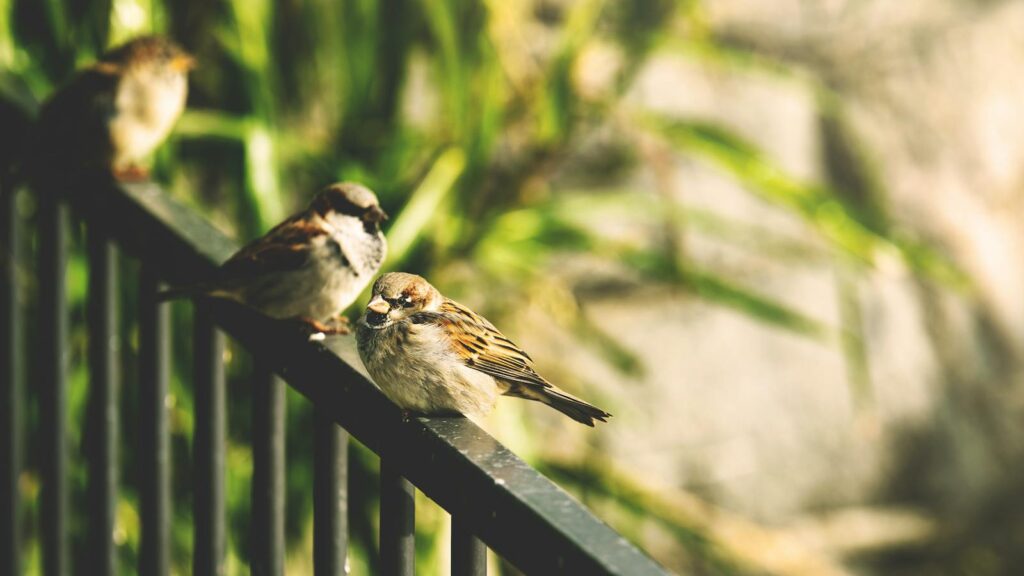
Urban birds face unique challenges that their rural counterparts don’t encounter, including limited food sources, fewer nesting opportunities, and increased hazards from glass buildings and human activity. Habitat loss due to urbanization has forced many bird species to adapt their behaviors or decline in numbers. Balconies can serve as crucial “stepping stones” or microhabitats in otherwise inhospitable urban landscapes, offering respite during migration or year-round resources for resident species. By understanding the specific needs of birds in your region—including seasonal requirements—you can create a truly beneficial space that addresses these urban challenges and helps support healthy bird populations despite the concrete surroundings.
Selecting the Right Bird Feeders for Limited Space
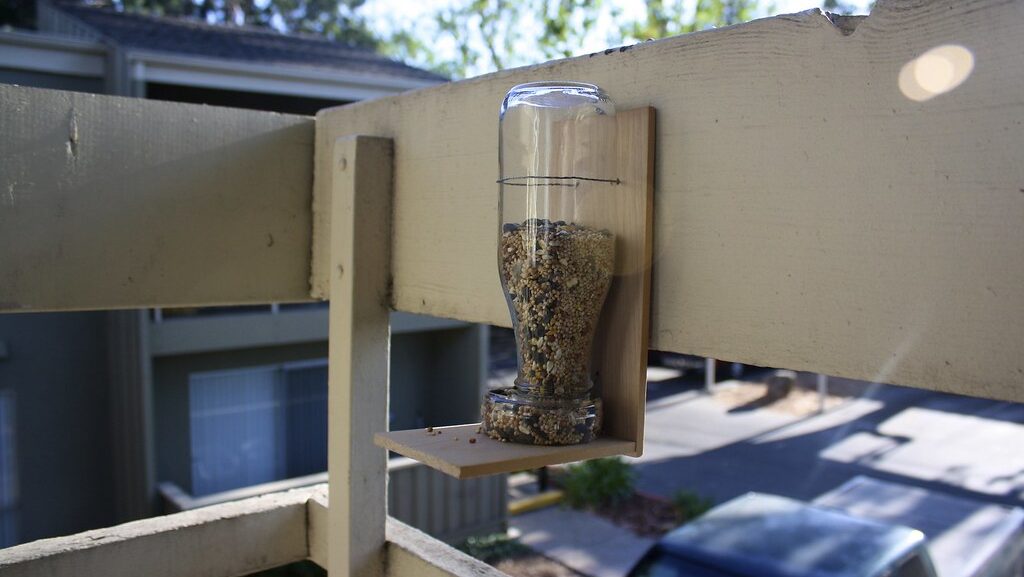
Not all bird feeders are created equal, especially when working with the constraints of a balcony. Window-mounted feeders, hanging feeders that attach to railings, and compact platform feeders are excellent space-saving options that don’t require floor space. Consider feeders with built-in catch trays to minimize seed scatter, which can create mess and potentially attract unwanted guests like rodents. Weather-resistant materials like recycled plastic or powder-coated metal will withstand the elements better than wooden feeders, requiring less maintenance in the long run. Remember that different feeder styles attract different species—tube feeders with small perches favor smaller songbirds like finches, while platform feeders accommodate larger birds such as cardinals and blue jays.
Creating a Safe Haven: Preventing Window Collisions
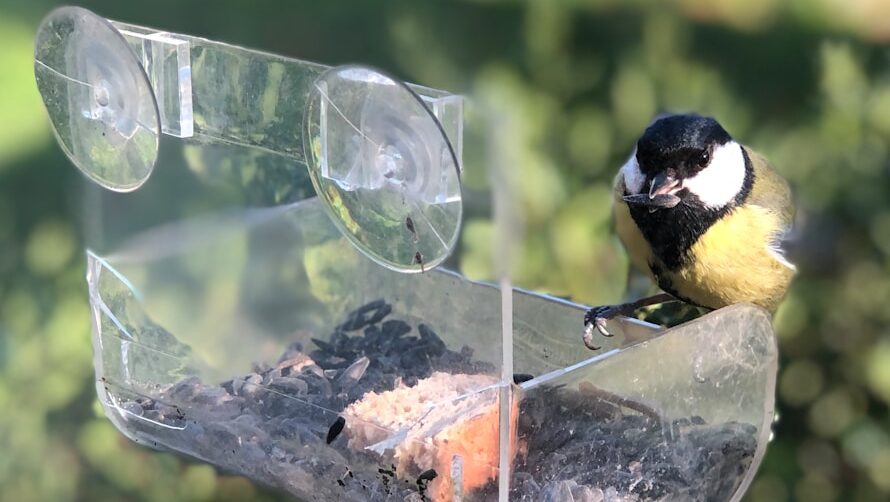
Window strikes kill hundreds of millions of birds annually in North America alone, making them one of the leading human-caused threats to bird populations. Balconies often feature glass doors or windows that can be particularly dangerous when birds see reflections of sky or vegetation. External treatments are most effective, including specially designed window decals, paracord screens hung in front of glass, or commercially available bird-friendly window films that break up reflections while maintaining visibility for humans. The key is creating visual markers spaced no more than 2 inches apart horizontally or 4 inches apart vertically—research shows this pattern significantly reduces collisions. Positioning feeders either within 3 feet of windows (too close for birds to gain fatal momentum) or more than 10 feet away can also reduce collision risk.
The Best Bird-Friendly Plants for Balcony Gardens
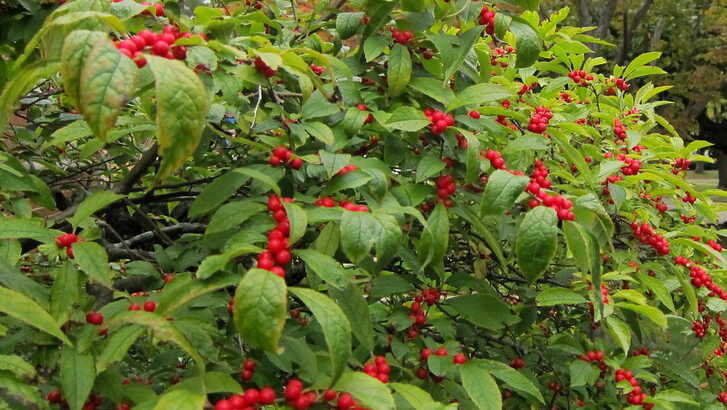
Native plants are the foundation of any truly bird-friendly space, providing not just shelter but also natural food sources including seeds, berries, and nectar. Even on a small balcony, container-friendly native plants can create a bird paradise—consider compact berry producers like dwarf serviceberry or winterberry holly that provide crucial fat-rich food in colder months. Flowering plants such as coneflower, black-eyed Susan, and native salvias offer seeds when they go to seed and attract insects that many birds feed their young. Vertical space can be maximized with climbing plants like native honeysuckle or clematis trained on trellises, providing both shelter and feeding opportunities. Remember that pesticide-free gardening is essential—even trace chemicals can be harmful to birds and the insects they depend on for protein.
Water Features: Creating a Bird Spa on Your Balcony
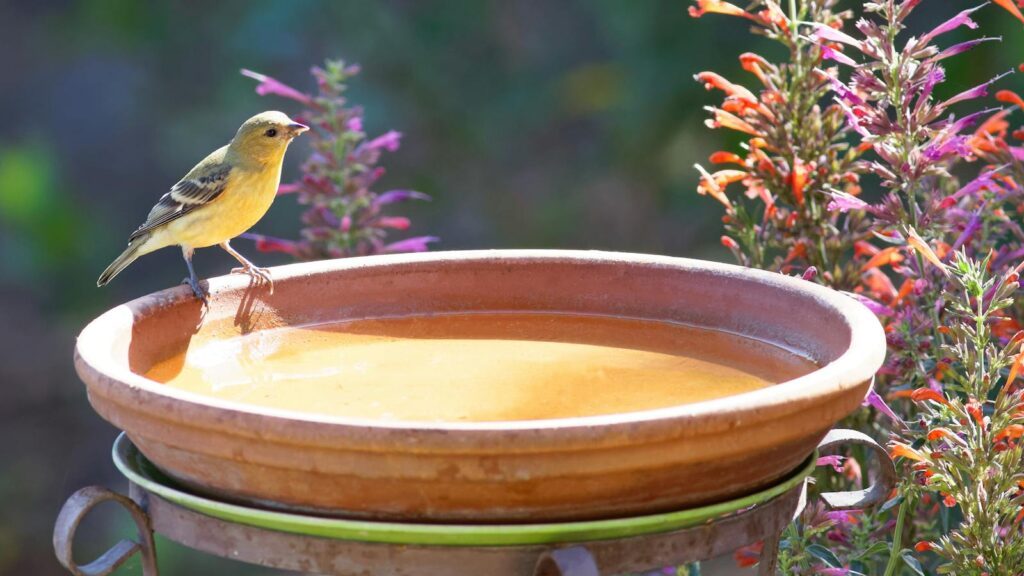
Water is a powerful bird attractant, sometimes even more effective than food at drawing diverse species to your balcony. Shallow bird baths with textured, non-slip surfaces give birds safe footing while bathing and drinking. The sound of moving water is particularly attractive to birds—consider adding a small solar fountain insert or dripper to your bath to create appealing ripples and splashing sounds that birds can detect from a distance. During winter in colder climates, heated bird baths become critically important as natural water sources freeze. Mount your water feature with stability in mind, using securely attached holders for hanging models or heavy bases for standing versions to prevent accidents during enthusiastic bathing sessions, which birds engage in even during freezing temperatures to maintain feather condition.
Seasonal Considerations for Year-Round Bird Support
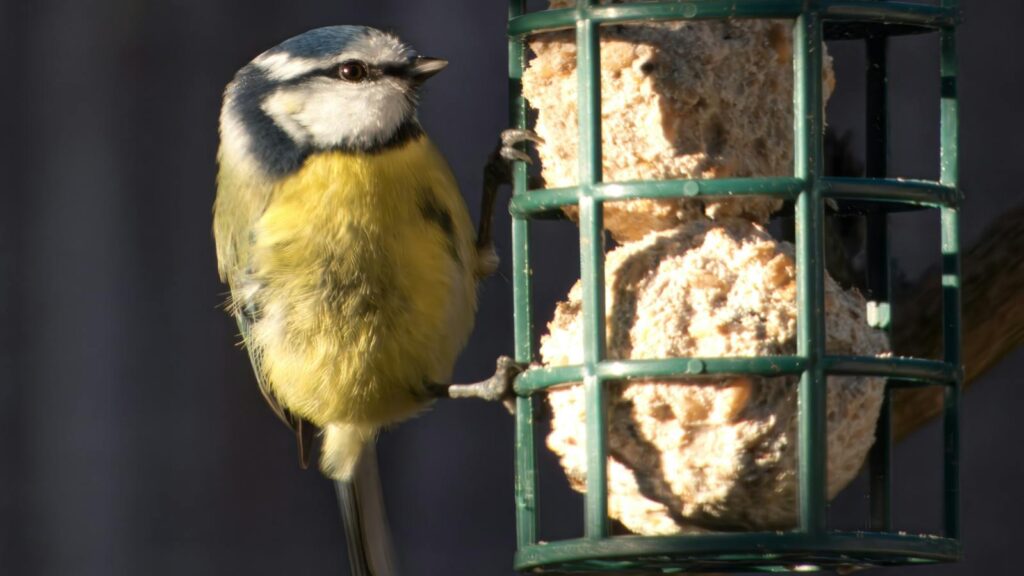
Bird needs change dramatically with the seasons, requiring adjustments to your balcony offerings throughout the year. In spring, providing calcium-rich supplements like crushed eggshells supports egg-laying females, while nesting materials like natural fiber yarn scraps (cut to under 6 inches) and pet fur help with nest building. Summer calls for reliable water sources during heat waves and consistent feeding as birds raise hungry broods. Fall migration periods require high-energy foods rich in fat to fuel long journeys, with feeders kept especially full during dawn and dusk when migrants actively refuel. Winter demands increased calorie options through suet, peanuts, and black oil sunflower seeds to help birds maintain body heat during cold nights, with feeders filled early in the day to give birds maximum feeding time during short winter daylight hours.
Creating Nesting Opportunities in Limited Space
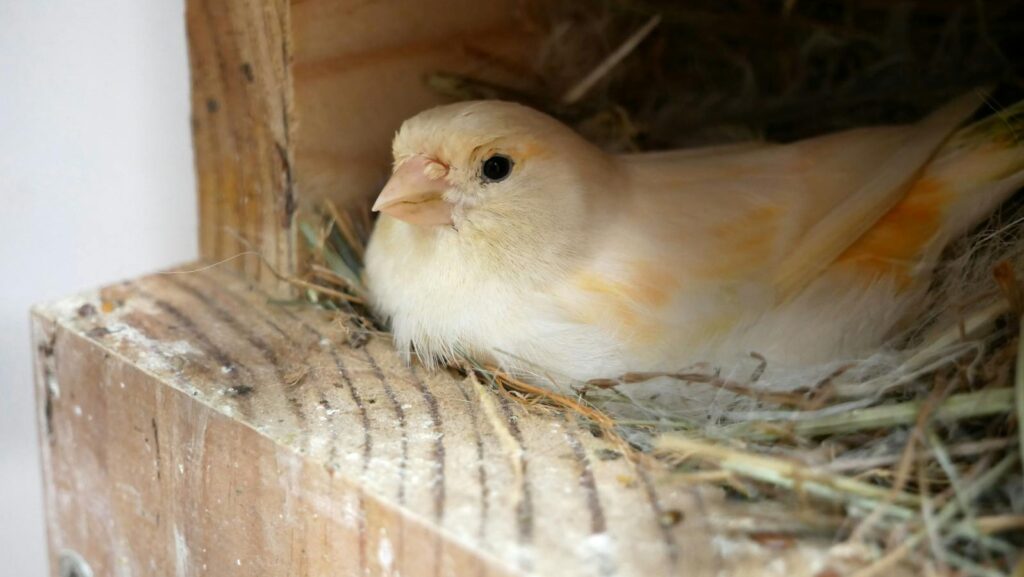
While balconies may seem too busy for nesting, certain bird species will readily accept appropriate nesting sites in these spaces if properly positioned. Specialized nest boxes designed for balcony mounting can attract cavity-nesting species like chickadees, wrens, or even small owls depending on your location and the box specifications. Placement is critical—boxes should face away from prevailing winds and direct afternoon sun to prevent overheating of nestlings. Dense container plantings can provide nesting spots for open-cup nesters like finches and sparrows, who may build nests within the foliage if it provides adequate cover and support. Privacy during nesting season is essential, so consider temporarily adjusting your balcony use during the critical weeks when birds are actively nesting to minimize disturbance that could cause nest abandonment.
Bird-Friendly Feeding: Beyond Basic Seed Mixes
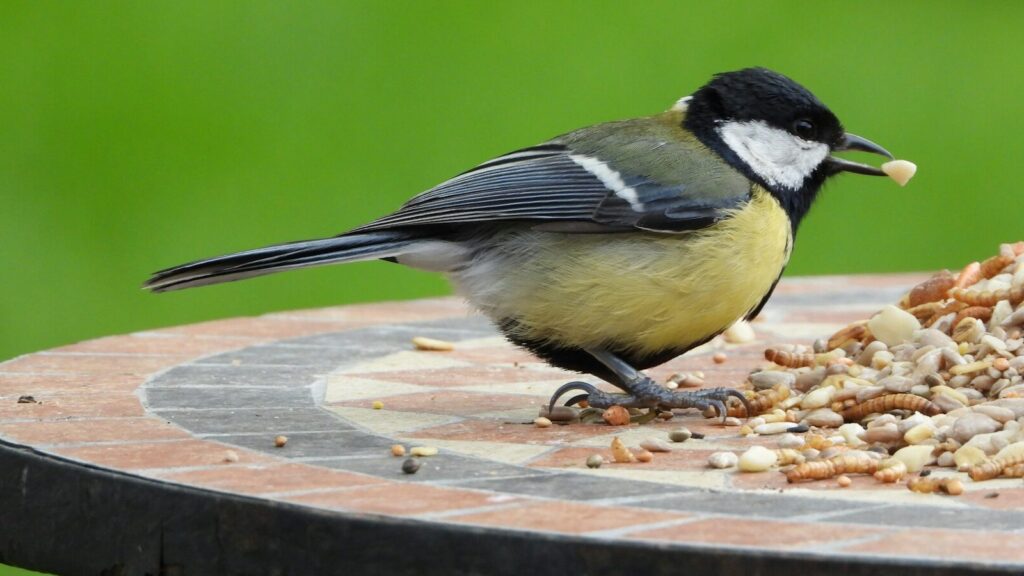
Quality nutrition significantly impacts bird health, breeding success, and survival through challenging seasons. Beyond standard seed mixes, diversify your offerings to include nyjer seed for finches, mealworms (live or dried) for insect-eaters like bluebirds and warblers, and unsalted peanuts for woodpeckers and jays. Specialized foods like suet cakes fortified with insects, fruits, or nuts provide concentrated energy, especially valuable during cold weather or migration. Avoid fillers like milo, oats, and red millet commonly found in cheap mixes, as these often go uneaten and attract less desirable species or rodents. Fresh offerings like halved oranges can attract orioles and tanagers, while grape jelly serves as a special treat for certain species during migration and breeding seasons, providing quick energy in small amounts.
Managing Unwanted Guests: Squirrels, Pigeons, and Pests
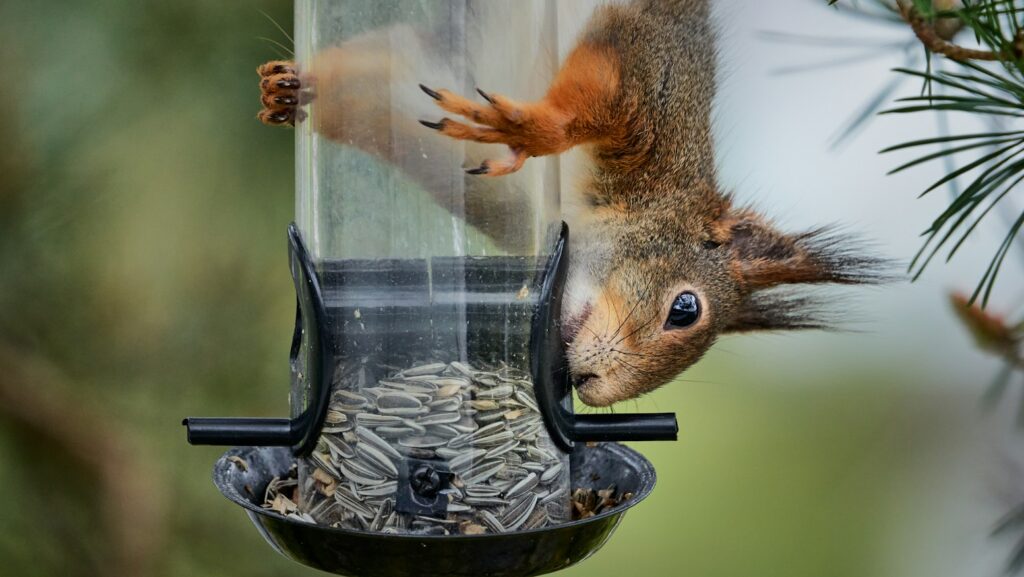
While many balcony bird enthusiasts welcome all wildlife, sometimes certain visitors can become problematic by monopolizing resources or creating excessive mess. Squirrel-proof feeders with weight-activated closing mechanisms can selectively allow access to smaller birds while blocking heavier squirrels. For pigeon management, avoid platform feeders and large seeds like sunflower seeds in the shell, opting instead for tube feeders with short perches and smaller seeds like nyjer that are less attractive to larger birds. Nighttime feeder storage can discourage rats and mice, which are primarily nocturnal, while regular cleaning beneath feeding areas prevents seed buildup that attracts rodents. Remember that humane deterrence is the goal—never use sticky traps, poisons, or harmful repellents that could injure non-target wildlife including the birds you’re trying to attract.
Coexisting with Neighbors: Balcony Birding Etiquette
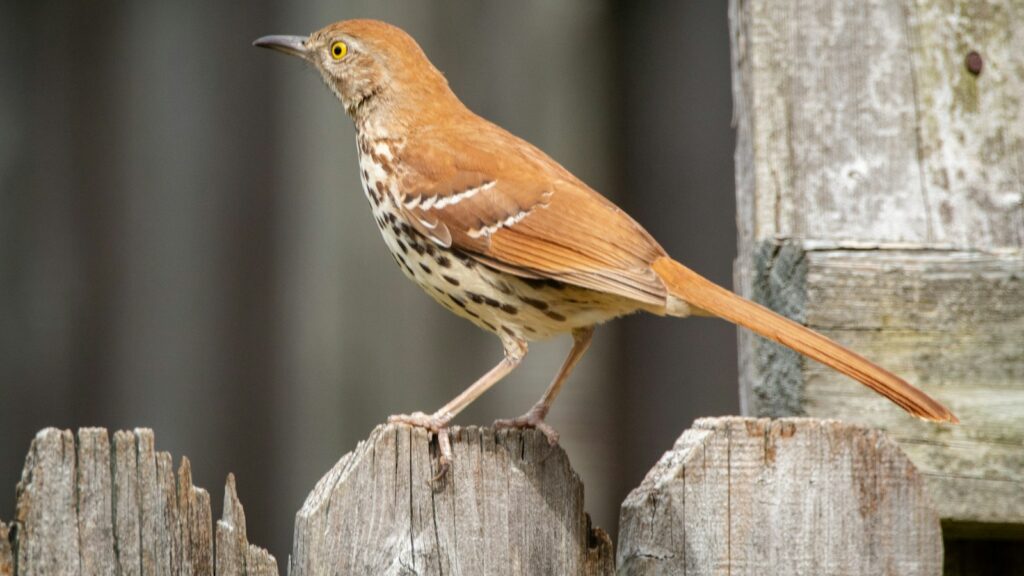
Responsible balcony bird feeding requires consideration for your human neighbors to ensure your hobby remains harmonious in shared living spaces. Seed catchers beneath feeders prevent hulls and uneaten seeds from raining down on balconies below, while selecting less messy seed types like hulled sunflower seeds reduces debris. Position feeders away from neighboring balconies where possible to prevent birds from perching on and soiling adjacent railings or furniture. Regular cleaning of droppings from balcony surfaces maintains hygiene and neighborly relations. Communication goes a long way—consider sharing some of the joy by offering neighbors bird identification guides or inviting them to observe particularly spectacular visitors, potentially transforming potential complaints into shared enthusiasm for your feathered visitors.
Documentation and Citizen Science: Your Balcony’s Impact
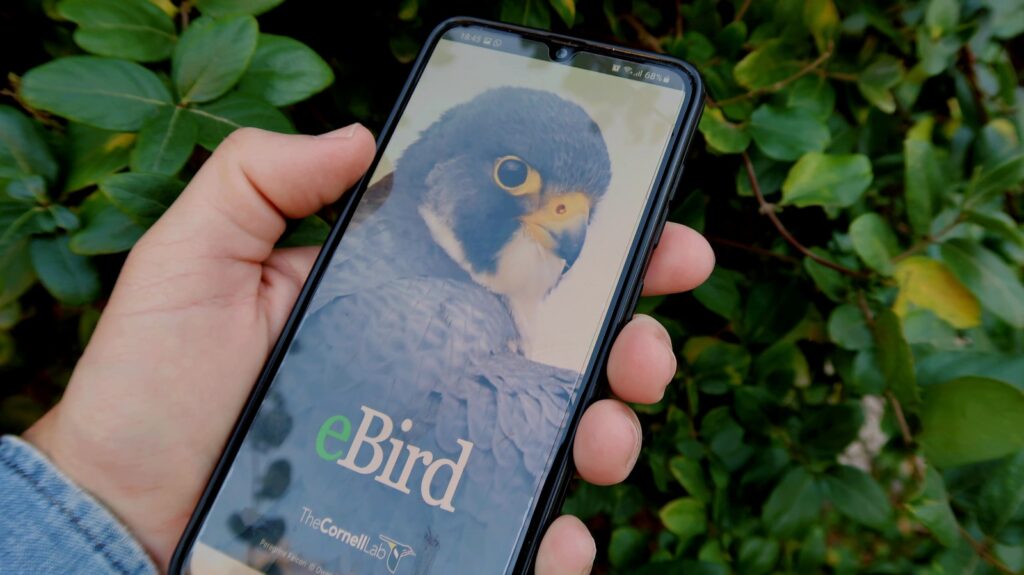
Your bird-friendly balcony can contribute valuable data to scientific understanding of urban bird populations through citizen science participation. Applications like eBird, managed by the Cornell Lab of Ornithology, allow you to record species observations that scientists use to track population trends, migration patterns, and urban habitat utilization. Project FeederWatch specifically focuses on birds visiting feeding stations, creating an opportunity for your balcony to become a research site during winter months. Photographing your visitors not only creates personal enjoyment but can help with accurate identification and documentation of unusual species or behaviors. These collective observations from urban spaces help researchers understand how birds adapt to city environments and can influence conservation policy and urban planning decisions that benefit birds beyond your immediate space.
The Emotional Benefits of Balcony Birding
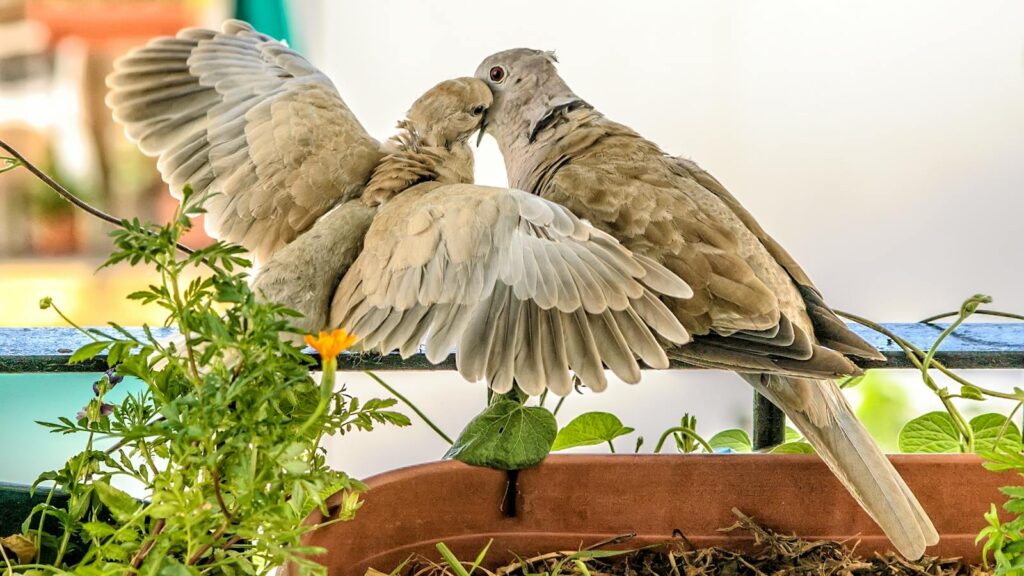
Creating a bird-friendly balcony offers profound emotional and psychological benefits beyond the satisfaction of supporting wildlife. Daily interaction with nature, even in small doses, has been clinically shown to reduce stress hormones, lower blood pressure, and improve mood—a phenomenon scientists call “vitamin N” for nature. The routine of maintaining feeders and observing visitors creates mindful moments that pull us into the present, offering meditation-like benefits in our otherwise busy lives. Many balcony birders report feeling a deeper connection to the natural world and the changing seasons through observing migration patterns and breeding behaviors throughout the year. For those with limited mobility or those unable to visit natural areas frequently, a bird-friendly balcony brings nature directly to their doorstep, creating accessibility to wildlife experiences that might otherwise be unavailable.
Sustainable Practices: Reducing Your Environmental Footprint
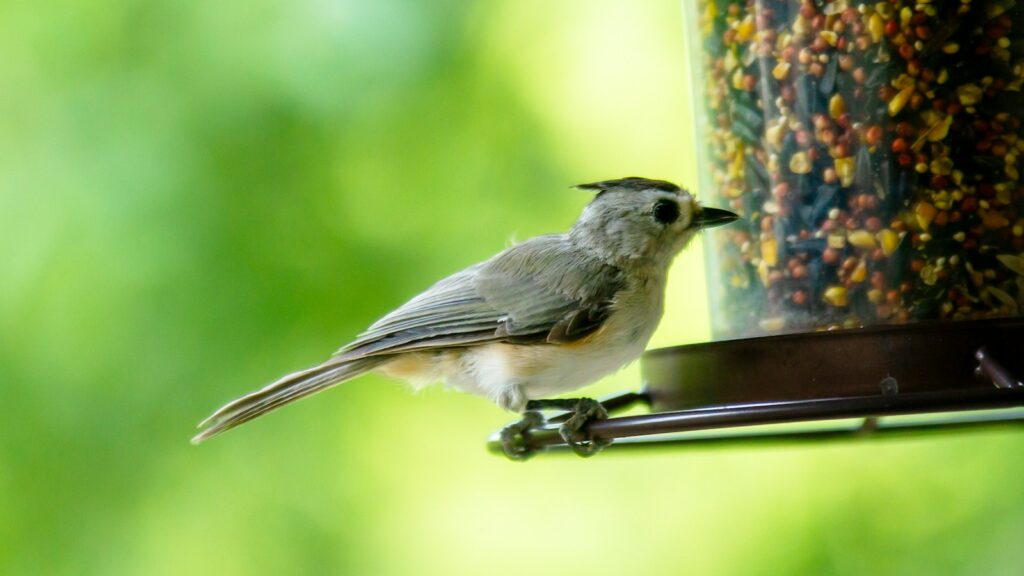
A truly bird-friendly balcony embraces sustainability beyond simply attracting birds—it considers the broader environmental impact of your choices. Selecting feeders made from recycled materials or sustainable sources reduces resource consumption, while choosing organic, locally-grown bird seed minimizes transportation emissions and supports chemical-free farming that’s better for ecosystems. Rainwater collection systems, even simple ones designed for balconies, can provide chemical-free water for bird baths while conserving municipal water supplies. Solar-powered fountain pumps and night lighting eliminate electricity usage while maintaining functionality. Perhaps most importantly, avoiding single-use plastics in your bird feeding setup acknowledges that habitat protection extends beyond your balcony—many seabirds and shorebirds suffer from plastic pollution, making your sustainable choices part of a larger conservation effort that protects birds across all environments.
Conclusion
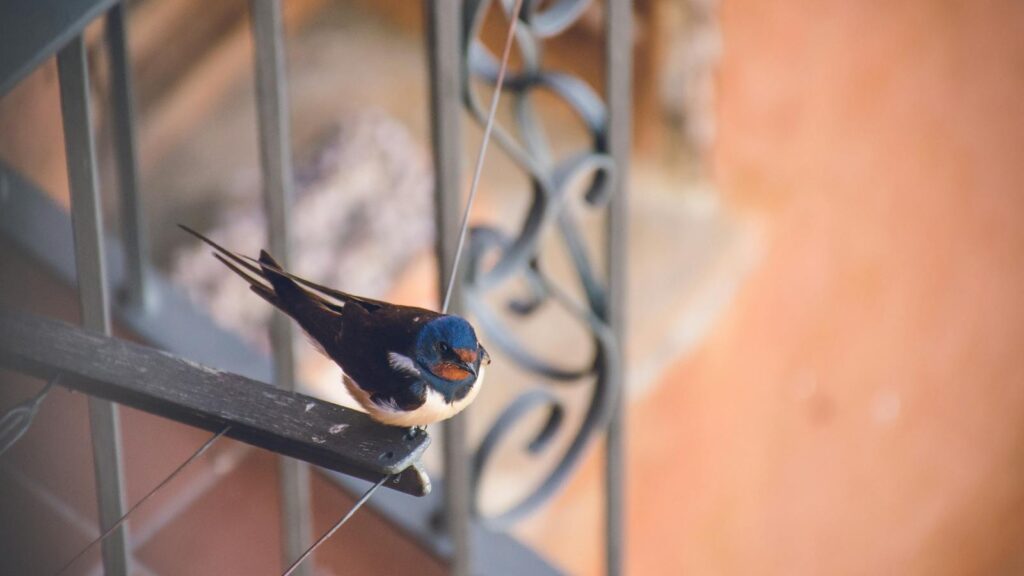
Creating a bird-friendly balcony is both a responsibility and a reward—a small yet meaningful contribution to wildlife conservation that returns daily joy and connection to nature. By thoughtfully addressing the essential needs of birds through safe feeding options, water sources, native plantings, and hazard reduction, even the smallest balcony can become a vital resource in increasingly urbanized landscapes. Beyond the practical aspects, your balcony sanctuary fosters a deeper relationship with the natural rhythms of your region, from the changing seasonal visitors to the intimate glimpses of bird behavior rarely seen in more distant observations. As your knowledge grows alongside your bird community, you’ll likely find yourself becoming not just a bird enthusiast but an advocate for these remarkable creatures that share our urban spaces, spreading awareness about their needs and challenges. In a world where habitat loss and human development continue to pressure bird populations, your balcony oasis stands as a beacon of hope—proof that coexistence is not just possible but enriching for all involved.
